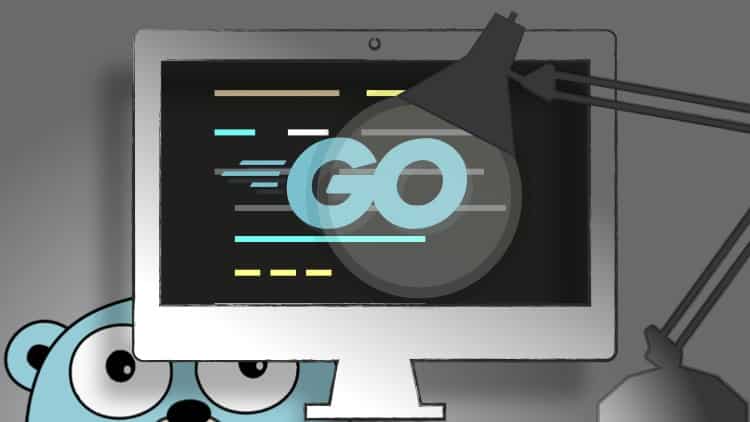- Регистрация
- 27 Авг 2018
- Сообщения
- 37,815
- Реакции
- 543,427
- Тема Автор Вы автор данного материала? |
- #1

- Watch the free videos to see how I teach Go programming in depth.
- Practice with 1000+ Exercises (with included solutions)
- Pass Interviews: Master Go Internals In-Depth
- Master Interfaces and Internals
- Master Slice Internals: Slice Header and Memory Allocations
- Master Map Internals: Map Header
- Encode and Decode JSON
- Create a log file parser, spam masker, retro led clock, console animations, dictionary programs and so on.
- Access to a computer with an internet connection.
Get a Real In-Depth Understanding of Go and its Internal Mechanisms by:
- Ultra-detailed, entertaining, intuitive, and easy to understand animations.
- Write a log parser, file scanner, spam masker and more.
- Solve 1000+ hands-on exercises.
- Learn a lot of tips and tricks that you can't find easily anywhere else.
- Go OOP: Interfaces and Methods
- Internals of Methods and Interfaces
- Functions and Pointers: Program design, pass by value, and addressability.
- Implicit interface satisfaction
- Type assertion and Type Switch
- Empty interface: []interface{} vs interface{}
- Value, Pointer, and Nil Receivers
- Promoted Methods
- Famous Interfaces
- Tips about when to use interfaces
- fmt.Stringer, sort.Sort, json.Marshaler, json.Unmarshaler, and so on.
- Composite Types: Arrays, Slices, Maps, and Structs
- Internals of Slices and Maps
- Backing array, slice header, capacity, and map header
- JSON encoding and decoding, field tags, embedding
- Make, copy, full Slice expressions and append mechanics
- UTF-8 encoding and decoding
- Go Type System Mechanics
- Type inference, underlying, predeclared, and unnamed types.
- Untyped constants and iota.
- Blank Identifier, short declaration, redeclaration, scopes, naming conventions
- I/O
- Process Command-Line Arguments, printf, working with files, bufio.Scanner, ...
- How to create your own Go packages
- How to run multiple Go files, and how to use third-party packages
- Go tools
- Debugging Go code, go doc, and others.
- ...and more.
Go is one of the most desired, easy to learn, and the highest paying programming languages. There are 1+ million Go programmers around the world, and the number is increasing each day exponentially. It's been used by Google, Facebook, Twitter, Uber, Docker, Kubernetes, Heroku, and many others.
Go is Efficient like C, C++, and Java, and Easy to use like Python and Javascript. It's Open-Source, Simple, Powerful, Efficient, Cross-Platform (OS X, Windows, Linux, ...), Compiled, Garbage-Collected, and Concurrent.
Go is best for Command-line Tools, Web APIs, Distributed Network Applications like Microservices, Database Engines, Big-Data Processing Pipelines, and so on.
Go has been designed by one of the most influential people in the industry:
- Unix: Ken Thompson
- UTF-8, Plan 9: Rob Pike
- Hotspot JVM (Java Virtual Machine): Robert Griesemer
- Beginners who have never programmed before.
- Programmers switching languages to Go.
- Intermediate Go programmers who want to level up their skills!
- Intermediate Go programmers who want to learn the internals of slices, maps, interfaces, and so on.
DOWNLOAD:



